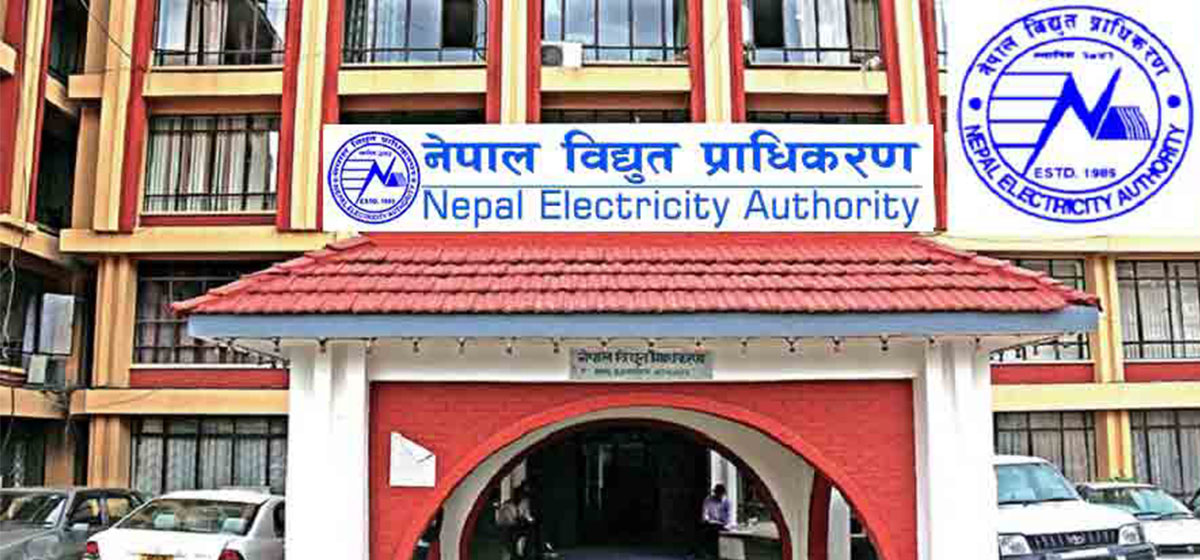NEA estimates additional Rs 800 billion to improve distribution system
KATHMANDU, June 19: Nepal Electricity Authority (NEA) has clarified that the frequent power outage observed at present is not an outcome of export of electricity to India.
Organizing a press meet on Sunday, the NEA Managing Director Kulman Ghising said the current power cut is due to the problem of overloading in the system. “When the demand for electricity increases abruptly, it creates disruptions in supply,” Ghising said.
Rainfall and cold weather behind overload and power outage acro...

Since last week, the NEA has been exporting around 400-500 MW of electricity on a daily basis to India. Ghising, however, explained that the exported electricity is not the one obtained from the deduction in supply to the domestic sectors. “NEA exports electricity that is not used during night and some hours during daytime when the demand falls,” he added.
According to Ghising, the NEA has targeted to sell up to 1,000 MW of electricity daily to India. As of now, India has allowed the NEA to sell only 442 MW of electricity in the Indian market. “We have been looking forward to receiving permission from the Indian authority to export additional amounts of electricity soon.”
Meanwhile, Ghising said Nepal will face massive problems in electricity supply if the government does not take an initiative to invest in transmission line expansion on time. Ghising estimated that Nepal needs an investment of Rs 800 billion for the improvement in electricity supply across the country.
An average of Rs 50-60 billion will be needed to construct infrastructures including east-west transmission, cross-border line and number of internal substations to ease electricity supply in the Kathmandu valley. “Likewise, Rs 400-500 billion is needed for the projects that were started in the past five years,” Ghising said.
He underscored that strengthening of transmission lines is essential to export, to increase domestic consumption and to receive economic benefits. If the necessary infrastructure is not built by next year, billions of rupees invested in hydropower projects will fall into risk.
According to government records, around 95 percent of the country’s population has benefited from electrification. Ghising said the NEA has been putting its full effort to expand access to electricity to the remaining five percent population.


































